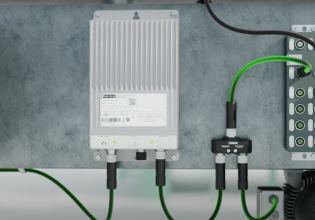W
hi
I have a problem with my 4-20 m amp transmitters that there is a noise with the signal wich causes unstability to the plc input cards.
what is your suggestions, please
I have a problem with my 4-20 m amp transmitters that there is a noise with the signal wich causes unstability to the plc input cards.
what is your suggestions, please






